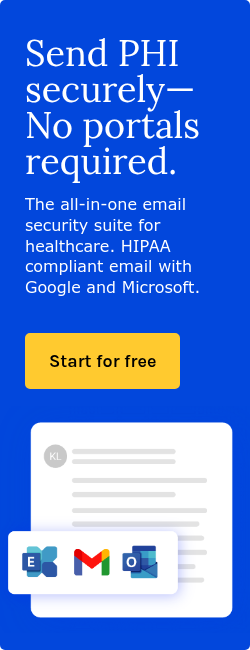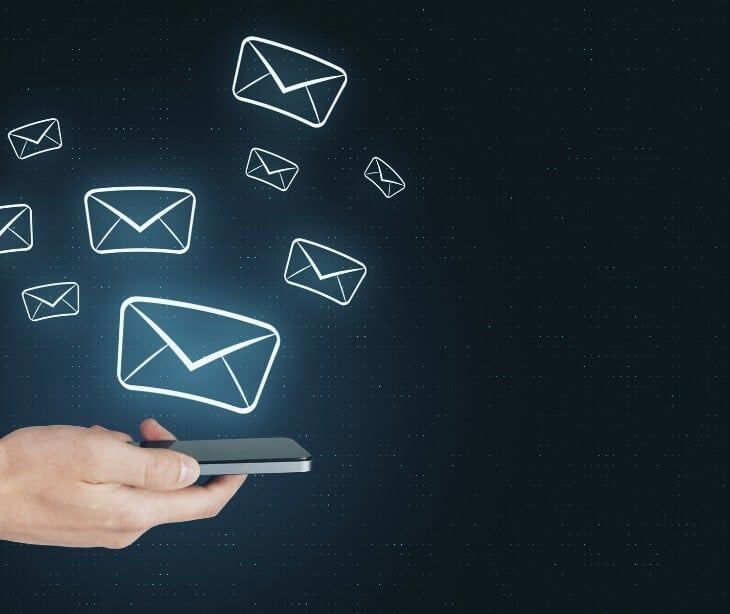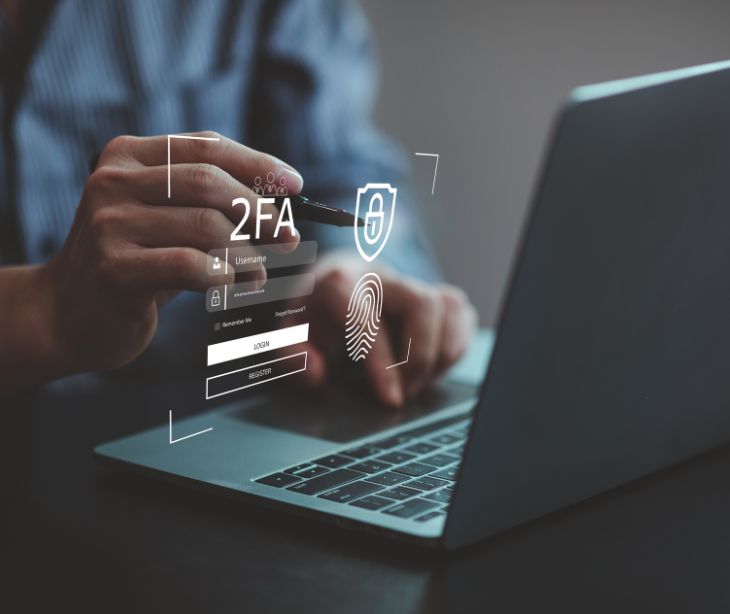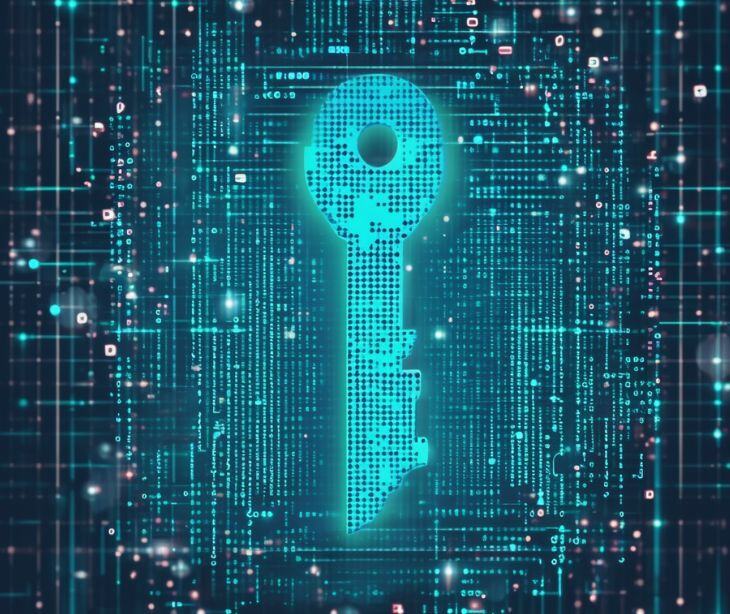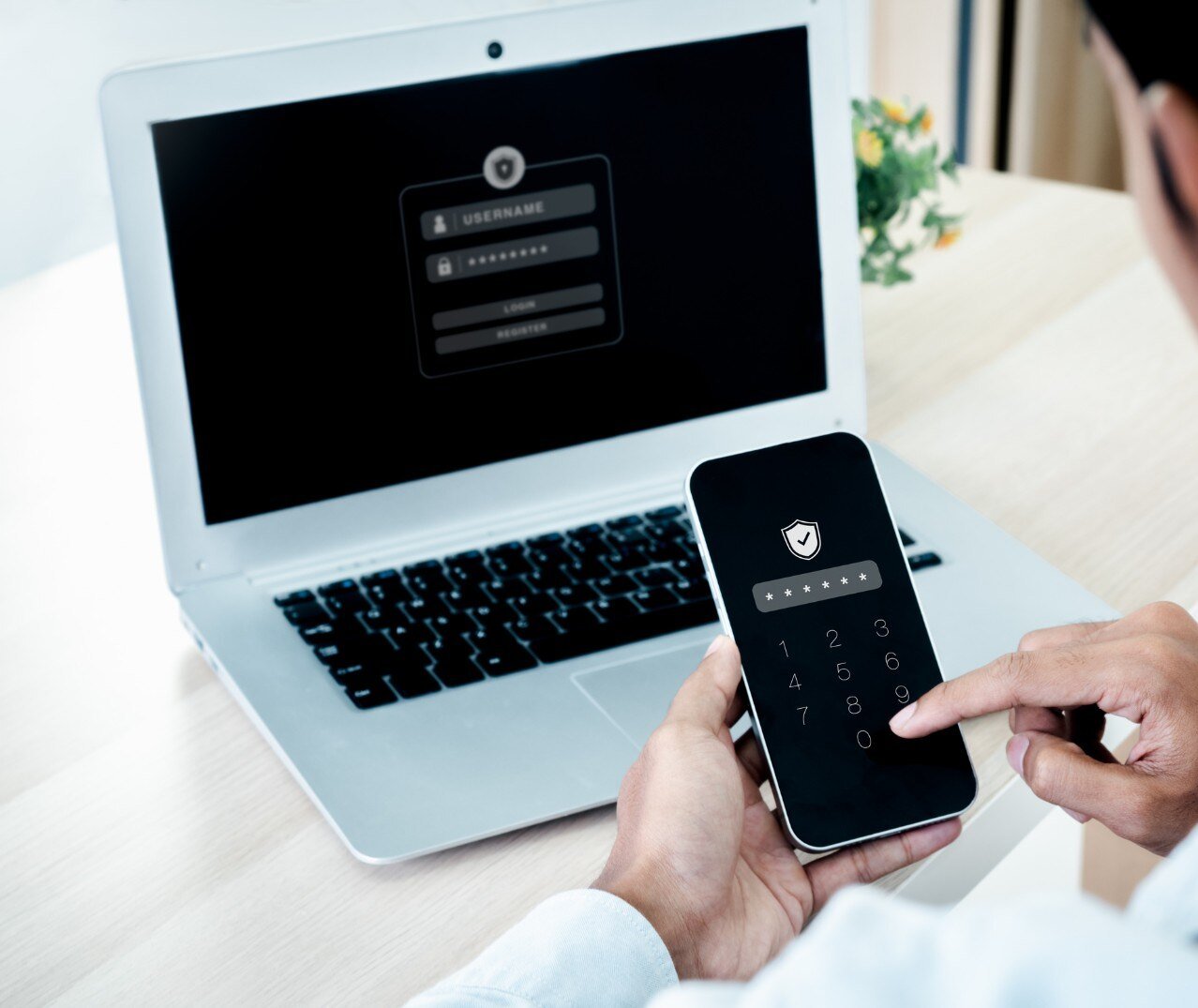
MFA bypass kits are tools or techniques designed to circumvent multi-factor authentication mechanisms. These kits exploit vulnerabilities in authentication systems, potentially allowing unauthorized access to protected accounts, systems, or networks. According to the National Cybersecurity Alliance, MFA usually involves two factors: something you know (like a password) and something you have (like a one-time code, push notification, or biometric verification).
However, attackers have developed ways to bypass these defenses. As outlined in a Forbes article titled How Hackers Bypass MFA, techniques include malware-based interception, stealing authentication tokens, MFA fatigue attacks, SIM swapping, and sophisticated phishing schemes.
The email entry point
Phishing emails deceive victims into entering login credentials on fake sites that steal passwords and one-time codes. Some attackers take over session tokens or authentication cookies, allowing them to bypass MFA.
In the Tycoon 2FA attack, fake login pages were employed to capture passwords and MFA codes in real time. Session cookies were cached, which allowed persistent access even after credential rotation. This capability turns email from a small threat vector into a direct highway to sensitive systems.
Businesses should be sure their email solutions are not just secure but also HIPAA
compliant. Solutions like Paubox Email Suite offer open-ended encryption and incoming threat security, guaranteeing that emails with PHI get securely delivered with no portal or extra login options that hackers might spoof. Paubox automatically encrypts emails and checks them for dangerous content, offering a security shield against those same phishing campaigns enabling MFA bypass.
Related: HIPAA compliant email
Why healthcare organizations are a target
Healthcare organizations are vulnerable due to the value of the data they hold. Organizations that are HIPAA compliant are supposed to secure patient records, but MFA bypass kits are undermining this degree of protection.
“Phishing-as-a-Service has gotten more sophisticated, and the kits made available through them are difficult for a targeted organization to detect,” says Amy Larson DeCarlo, Principal Analyst, Security and Data Center Services at GlobalData. “MFA bypass kits are readily accessible and cost-effective for threat actors to use. The danger for HIPAA compliant organizations is that cybercriminals can use these kits to capture credentials and session tokens, which in turn can be used to gain access to personally identifiable information of patients and employees.”
What makes MFA bypass dangerous
1. Stealth
Attackers don’t need to brute-force passwords or to hack a firewall. Instead, they ride in on legitimate user credentials, making detection more difficult.
2. Speed
With real-time phishing kits, attackers can act immediately, accessing accounts and exfiltrating data in seconds. As DeCarlo explains, “The challenge is the attacker may have successfully impersonated the user by the time the security organization discovers the attack is underway. Session hijacking makes it appear as though the authorized user is already authenticated.” This delays response and increases the potential for data exposure.
3. Low Cost, High Reward
“MFA bypass kits are readily accessible and cost-effective for threat actors to use,” says DeCarlo. On dark web forums, bypass kits and PhaaS subscriptions are sold for as little as a few hundred dollars, well within the budget of even low-level cybercriminals.
4. Human Weakness
“It is important for healthcare institutions and payer organizations to understand that the weakest security link in an organization is the human element,” DeCarlo notes. End users are often tricked by phishing emails promising convenience, urgency, or rewards.
Common tactics include:
- Fake password reset requests
- Push notification fatigue (bombarding users with approval requests)
- Impersonation of trusted sources
- SIM swapping and mobile spyware
What Should Healthcare Organizations Do?
Clare O’Neill, Australia’s former Minister for Cyber Security, summed it up well: “Most cybersecurity attacks are completely preventable if you do some pretty basic hygiene in your security.” When defending against MFA bypass attacks, healthcare organizations must go beyond the basics—implementing technical safeguards, organizational awareness, and layered defense strategies.
“As with any new or evolving attack technique, the first step is awareness,” says DeCarlo. “Security practitioners need to work with their colleagues across IT to educate them on how MFA bypass kits work and what gaps may exist in their security infrastructure. End users also need to be made aware of these as well.” That means running regular phishing simulations, employee training sessions, and internal campaigns that include everyone from IT staff to clinicians and even third-party vendors.
Rethink MFA
Traditional MFA methods—like SMS, email links, or push notifications—are now considered weak links. DeCarlo warns, “Security needs to address areas of vulnerability that make an environment susceptible to phishing. All organizations should move away from easily exploited factors, including passwords, one-time passcodes, security questions, and push notifications.” Instead, healthcare entities should adopt phishing-resistant alternatives such as:
- FIDO2 security keys
- Passkeys
- Biometric authentication
- Device-bound credentials
These options are harder to intercept and more secure by design. “The private key that authenticates the user is stored on the hardware of an end user's device. It isn't shared so threat actors can't access it,” DeCarlo explains.
Harden applications and encrypt everything
Cybersecurity experts from Infosec Institute recommend hardening mobile apps with anti-debugging, checksum validation, and sandbox detection to prevent tampering. Obfuscating app code also adds a layer of protection against reverse engineering. Equally important is encrypting all sensitive data, including API keys and user preferences, well beyond the device’s sandbox.
Avoid SMS-based MFA
SMS remains a common but risky MFA channel. Infosec experts urge organizations to abandon it in favor of more secure options like FIDO2 tokens, push notifications that verify device integrity, or biometric methods.
Adopt a zero-trust model
Zero Trust architecture ensures no device or user is trusted by default. Access is continually verified using signals like device health, location, time of access, and behavioral analytics. The model minimizes lateral movement and alerts in real-time on anomalous behavior.
Layer your security
A secure healthcare environment can't rely on MFA alone. It must have a multi-layered security strategy that considers human nature, technology capabilities, and increasing threats.
“There are solutions that make it possible to validate the source of an access request to authenticate that the request comes from a legitimate source,” says DeCarlo. Trusted platform modules and public-private key mechanisms can add layers of verification.
For example, devices can store a private key that’s never transmitted over the internet. “The private key that authenticates the user is stored on the hardware of an end user's device. It isn't shared so threat actors can't access it. This provides strong protection against phishing and credential theft in general,” DeCarlo explains.
MFA should be one element of a broader cybersecurity strategy. Strong multi-layered defenses also include:
- Endpoint Detection and Response (EDR)
- Network segmentation
- Privileged Access Management (PAM)
- Security Information and Event Management (SIEM)
- Email security and anti-phishing gateways
FAQs
Why do attackers prefer to start MFA bypass attempts through email?
Email phishing is low-cost, high-reach, and often the easiest way to trick users into handing over login credentials and MFA tokens.
How fast can an MFA bypass lead to a full-scale breach?
A bypassed session can grant attackers immediate access, often leading to full network infiltration within minutes.
Are MFA bypass kits used only by advanced hackers?
No, kits are often packaged with instructions and sold on dark web forums, making them accessible to low-skill cybercriminals.
Are personal email accounts a threat vector for organizational MFA?
Yes—users reusing passwords across personal and work accounts can expose their organizations if personal emails are compromised.
What regulatory risks are tied to MFA bypass in healthcare?
MFA bypasses that lead to PHI exposure can trigger HIPAA violations, fines, and reputational damage.
Subscribe to Paubox Weekly
Every Friday we'll bring you the most important news from Paubox. Our aim is to make you smarter, faster.

